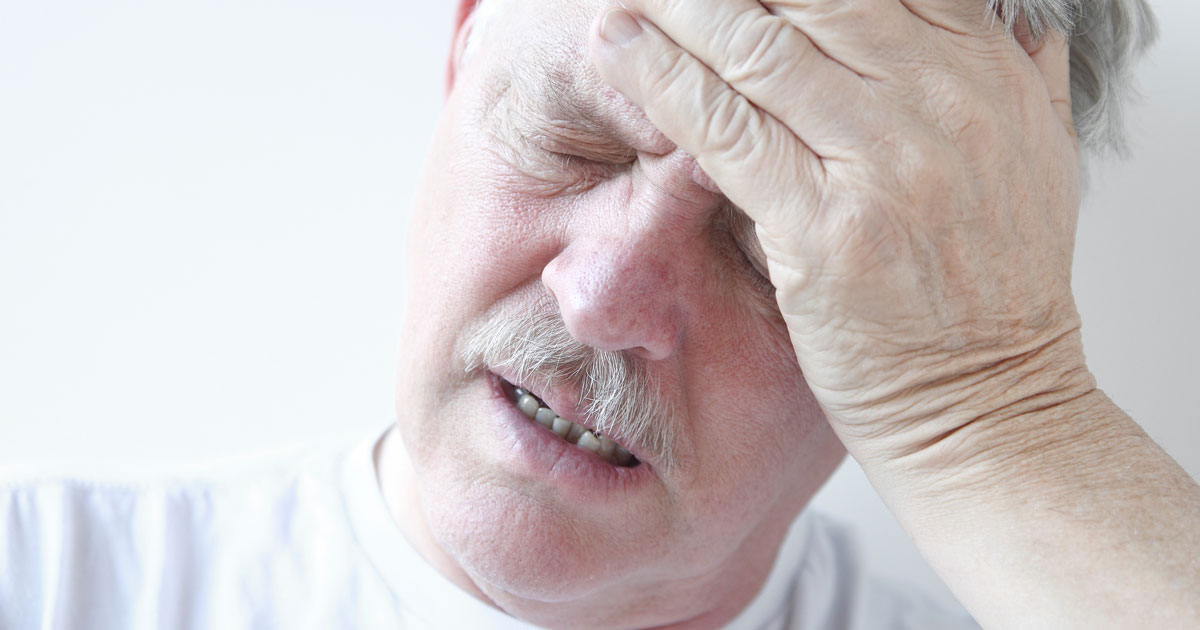Diabetes Dizziness: Have You Experienced Dizziness Related to Your Diabetes?
Dizziness is not a pleasant feeling. It can strike unexpectedly anytime, anywhere, leaving you unable to carry on with everyday tasks.
This lightheaded sensation is typically accompanied by a sudden flush of heat and often seems to occur at the most inconvenient time possible, which can be embarrassing.
As awkward as sudden dizziness can be, you should always alert someone nearby to the fact that you have diabetes. Feeling lightheaded can be the first warning that your blood glucose levels are awry, and you want someone close knowing how to help you.
What Causes Dizziness?
There are many reasons why someone might feel dizzy, not all of them related to diabetes. Maybe the room is too hot, or the person feeling dizzy is overdressed or dehydrated.
Sometimes certain medications, an ear infection or a migraine can cause dizziness. Stress can also bring on the room-spinning feeling or sensation you may faint.
If dizziness often strikes after you sit or stand up suddenly, but goes away when you sit or lie down, it is probably due to postural hypertension (a sudden drop in blood pressure), which is quite common in older people.
With dizziness caused by stress or heat, a cool glass of water or a bit of fresh air will help you recover completely within a very short time. Maybe a trip to your doctor is in order if you suspect your medication or an ear infection is to blame.
But since there is a chance your body is using dizziness as an early warning system, you should always check your blood sugar levels if you self-test, or get them checked if dizzy spells become frequent if you don’t test your sugar levels with finger prick testing.
Dizziness and Blood Glucose Levels
As is often the case with fairly vague symptoms like dizziness, the weird sensation of the room spinning, being “not quite with it,” or feeling everyone else seems far away can be a sign of high or low blood glucose.
What is Hypoglycemia? Can it Cause Dizziness?
Hypoglycemia is “low blood glucose” or “low blood sugar”; it occurs when the glucose levels in the body drop below 70 mg/dL. This is the “technical” threshold, but if your blood glucose levels have been running very high, you may feel hypoglycemic at a higher number.
The symptoms of hypoglycemia vary from person to person, but there is a set of classic symptoms. Some people only will feel some of these symptoms, while others will feel all of these symptoms – and others won’t feel any symptoms at all – a dangerous condition called hypoglycemia unawareness.
There is two levels of hypoglycemia: mild-to-moderate hypoglycemia and severe hypoglycemia. We’ll discuss the symptoms for both, as well as the treatment.
Mild-to-moderate hypoglycemia symptoms include:
- A feeling of shakiness
- Sweatiness
- Hunger
- A headache
- Blurred vision
- Sudden fatigue
- Dizziness and lightheadedness
- Confusion
- Pallor
- Feeling uncoordinated
- Irritability
- Nervousness
- Weakness
- Irregular heartbeat
Severe hypoglycemia symptoms include:
- An inability to eat or drink (meaning an inability to treat the hypoglycemia by oneself)
- Seizures
- Unconsciousness
Treatment of hypoglycemia
Treating hypoglycemia involves the following steps:
- Check your blood glucose levels. However, if your meter is not available, skip this step and move to step 2.
- If your blood glucose level is at or below 70 mg/dL, treat the low blood glucose level with food or drink that is about 15 grams of carbohydrates of a quick-acting carbohydrate, such as 4 ounces of juice or regular soda, a tablespoon of sugar or honey, or 3-4 glucose tablets.
- Recheck your blood sugar in 15 minutes. If your blood sugar has not risen, repeat step 2.
- If your next meal is greater than 1 hour away, consume a snack to help to stabilize your blood sugar levels.
Treatment of someone who has severe hypoglycemia is a little bit different. In this event, the person is unable to themselves.
If there is a glucagon emergency kit available, you should follow the instructions and administer the glucagon. It has a large needle and is designed to be given through clothing. If there is not glucagon available, seek emergency medical assistance right away.


